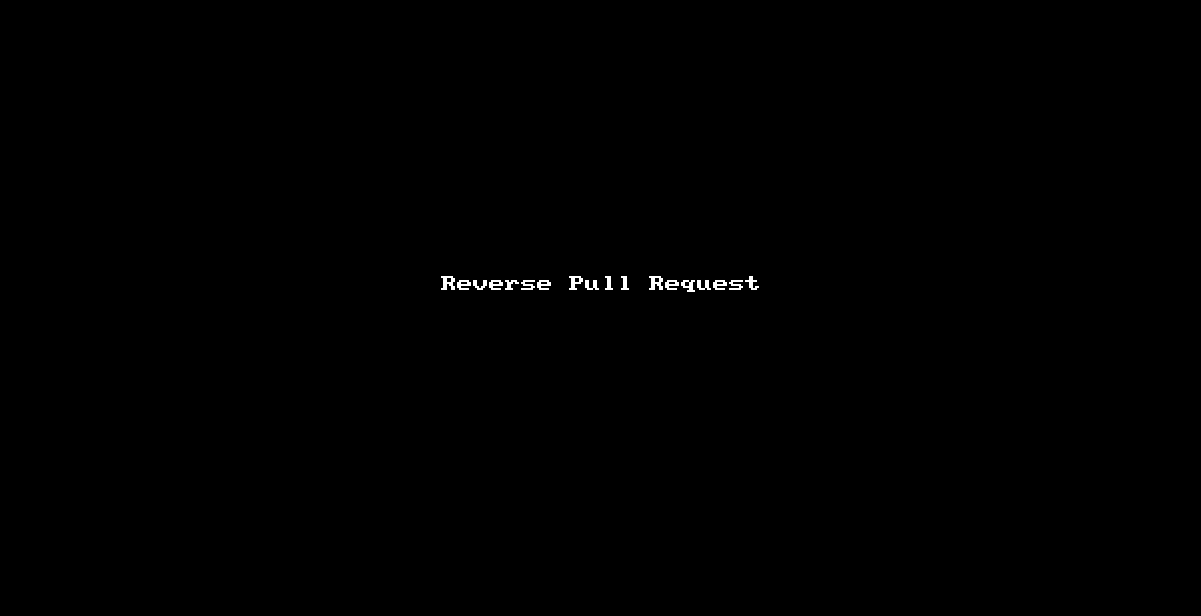Using GitHub to complete a reverse pull request will allow you to visually inspect the diff (differences between files) before pulling changes. However the process is quite a bit more complicated than setting up an [[upstream remote]].
You will know there are changes in the parent repo to pull because the main page of your repo will show that the branch is 1 or more commits behind the parent repo.
1. On GitHub.com, navigate to your fork of the repository.
2. Click the **Pull Requests** tab and click the green **New Pull Request** button.
3. Click the blue text link **compare across forks*.
4. Select your fork as the *base* and the parent repo as the *head*. If you need to select a branch other than `main`, do so.
5. Review the changes.
6. Click the green **Create Pull Request** button.
7. Provide a title and description for the pull request.
8. Click the green **Create Pull Request** button again.
Earth Lab demonstrates this process below.

*Source: Earth Lab Intro to Earth Data Science Textbook: [Sync GitHub Repos](https://www.earthdatascience.org/courses/intro-to-earth-data-science/git-github/github-collaboration/update-github-repositories-with-changes-by-others/)*
> [!tip]- Additional Resources
> - Earth Lab Intro to Earth Data Science Textbook: [Sync GitHub Repos](https://www.earthdatascience.org/courses/intro-to-earth-data-science/git-github/github-collaboration/update-github-repositories-with-changes-by-others/)